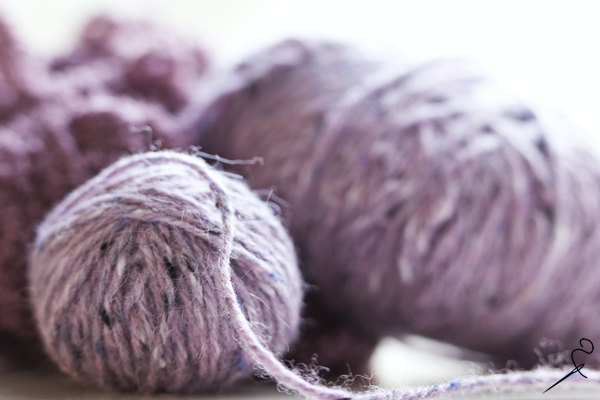Everybody’s knitting style is somewhat unique. Regardless of whether it’s strain, your own knitting measure, or the manner in which you fold your yarn over your fingers. However, with regards to which hand you hold your yarn in, the knitting scene is really separated.
The names of these styles regularly are related to identities. However, the style you favour has very little to do with where you grew up, or even where you figured out how to weave. There are five fundamental weaving styles dependent on the manner in which the yarn is held and folded over the functioning needle:
1. English Knitting (Throwing)
English knitting is a knitting style that includes holding the yarn in the prevailing hand, close by the functioning needle. While it is normal in the British Isles and North America, English knitting is polished by knitters all around the world and is likely the most well-known. In a review done with knitting enthusiasts, over 60% said they weave English style.
2. Continental Knitting (Picking)
Continental knitting is a knitting style in which the knitter holds the yarn with the non-prevailing hand. Numerous knitters discover this strategy significantly speedier. And crocheters who are figuring out how to sew regularly find continental feels more normal in their grasp. Generally, 30% of the knitters from the review referenced above sew continental.
Since this style holds the yarn in the non-prevailing hand, there is no compelling reason to move the yarn in front or behind the needles to switch between knitting and purling. All things being equal, the yarn is either positioned above or underneath the needle in the non-predominant hand. The two varieties of the continental way of knitting are Norwegian and Russian knitting.
3. Lever Knitting (Flicking)
Lever knitting is a knitting style in which the knitter holds the functioning yarn in the prevailing hand. Then circles the yarn around the functioning needle without eliminating the predominant hand from the needle totally. This makes a kind of to and fro turning movement.
Numerous knitters who utilize this style hold their functioning needle like a pencil. This opens up their pointer finger to hold the strain of their yarn and “flick” it around the finish of the needle.
4. Portuguese Knitting
Portuguese knitting is a particularly exceptional knitting hold on the grounds that the strain of the yarn isn’t held in the hands by any means. All things being equal, Portuguese knitters fold the yarn over the rear of their necks. The explanation of such countless knitters like this style is that it opens up the fingers for speed.
In each and every other weaving style, the strain is held in the hands; this gives your hands two tasks to take care of simultaneously – holding the yarn and working the joint with the needles. At the point when the pressure is held around the neck, there’s something less you need to stress over when making your lines.
This method is likewise incredible for assisting with weaving torment on the grounds that such a great deal of the pressure in the hands comes from holding the yarn.
5. Shetland Knitting
In case you’re envisioning a lady remaining in the Scottish high countries with a knitting needle joined to a belt around her midsection and weaving, you’re presumably relatively close. The Shetland way of knitting passes by many names, however, it’s unmistakable due to the manner in which the functioning needle is held against the body.
Since the prevailing hand doesn’t need to stress over holding the strain of the yarn and the functioning needle simultaneously, this way of knitting is a lot quicker. Shetland weaving is additionally one of the new types of knitting that should effortlessly be possible holding up. It was planned as a way for knitters to rapidly stir up articles of clothing while additionally chipping away at different errands.

